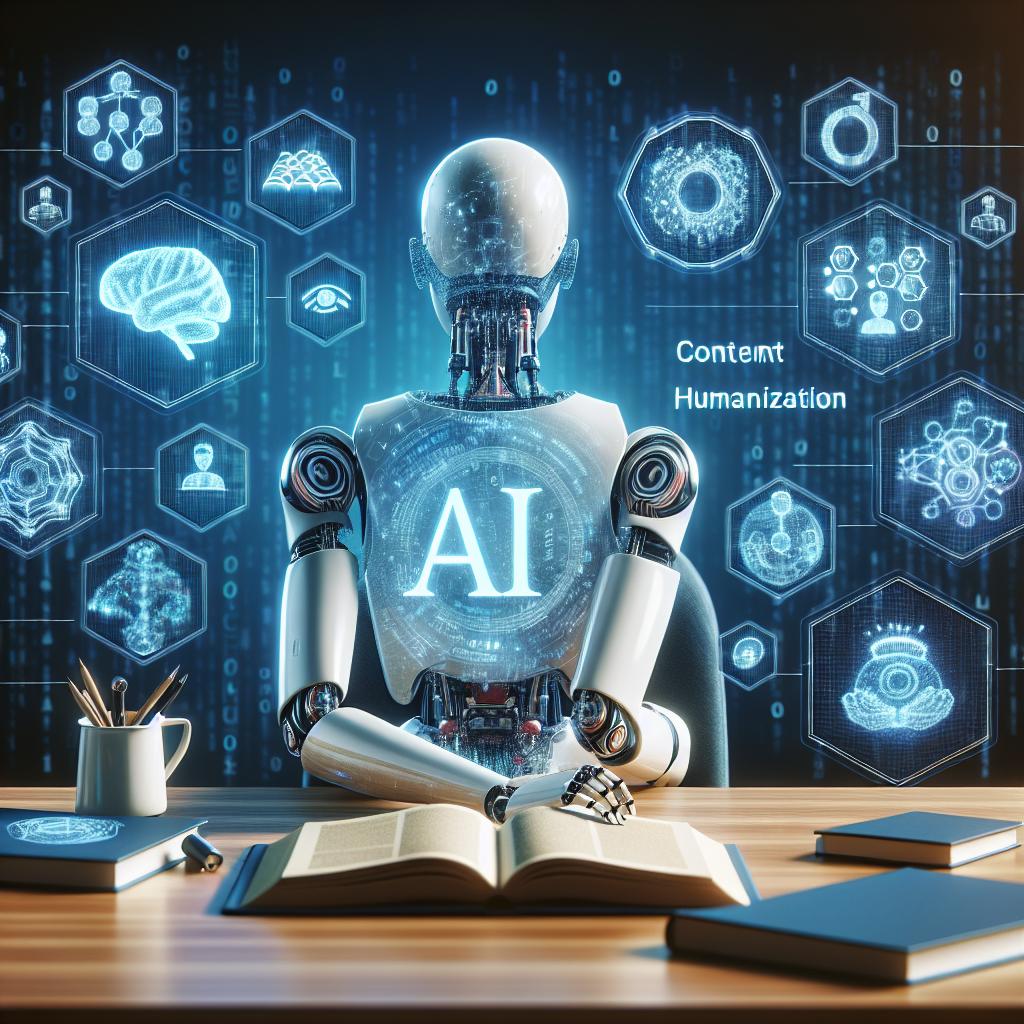Creating content that resonates with your audience is an art form, and when artificial intelligence (AI) is involved, it poses unique challenges. Although AI can generate text rapidly and efficiently, one common criticism is its inability to replicate the nuances of human emotion and experience. So, how can we humanize AI-generated content? This article will guide you through various strategies that can augment AI’s capabilities, making its output more relatable and engaging.
The Importance of Humanizing AI Content
Humanizing AI-generated content is critical for fostering a connection with readers. When content feels robotic or mechanical, it often fails to spark interest or create an emotional response. Consequently, businesses risk alienating their audience. By infusing a human touch into AI content, brands can cultivate trust and relatability, crucial for customer loyalty. A study by the Stanford Graduate School of Business found that 80% of consumers prefer to buy from brands that convey a personal touch.
Strategies to Humanize AI Content
When crafting AI-generated content, consider the following strategies to enhance its emotional depth and relatability:
1. Curate Personal Stories
Incorporating personal anecdotes can create a powerful connection with your audience. Even though AI cannot generate genuinely lived experiences, you, as the human overseer, can curate stories that resonate with your readership. Personal stories can elevate the narrative, making it feel more authentic. For instance, when creating content on mental health, include a relatable story or case study that exemplifies the topic.
2. Use Conversational Language
Ditch the jargon and formalities in favor of a more approachable tone. Conversational language invites readers into the dialogue and fosters engagement. Phrases like “Let’s dive into…” or “Have you ever felt…?” can significantly increase the relatability of AI content. For an exemplary piece, check out this article on effective communication styles Effective Communication Styles.
3. Incorporate Visual Elements
Visual storytelling can support and enhance written content by evoking emotions and understanding. Infographics, images, and videos break up text and provide additional information in an easily digestible way. Tools like Canva and Adobe Spark can assist in creating engaging visuals that align with your AI-generated text.
Table: The Impact of Visual Content
| Type of Visual Content | Engagement Rate (%) | Retention Rate (%) |
|---|---|---|
| Infographics | 94% | 65% |
| Videos | 120% | 80% |
| Images | 80% | 40% |
4. Tailor Content to Your Audience
Understanding your audience is crucial to creating content that resonates with them. AI tools can analyze user data, allowing you to tailor content specifically for different demographics. For instance, if your audience is comprised of millennials, infuse pop culture references or contemporary issues into the content. Effective audience research can significantly influence content reception, as illustrated in this article on audience targeting The Importance of Audience Targeting .
Final Thoughts: The Future of AI-Generated Content
As AI continues to evolve, the methods for humanizing its outputs must adapt accordingly. Innovations such as sentiment analysis and adaptive learning models will further enable AI to understand and emulate human emotions. By implementing personal stories, conversational language, visual elements, and audience specificity, you can bridge the gap between AI efficiency and human emotional depth.
Related Topics to Explore
- Best Free AI Tools:Transforming the Digital Landscape
- AI in Content Creation
- AI Writing Generator: Transforming Creativity and Productivity
By leveraging these insights and suggestions, you can ensure that the content generated by AI complements the human touch necessary for authentic communication. Happy writing!

